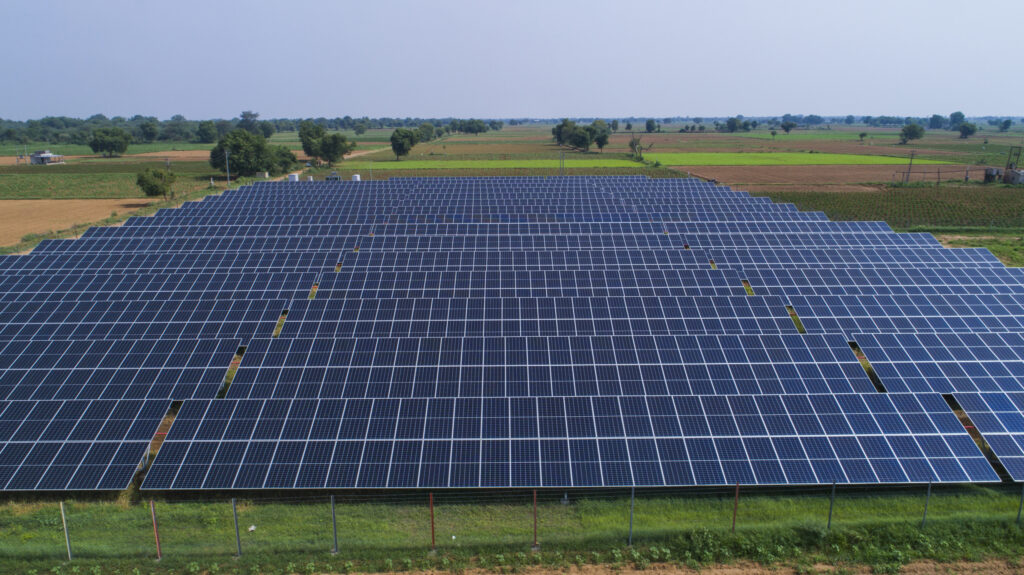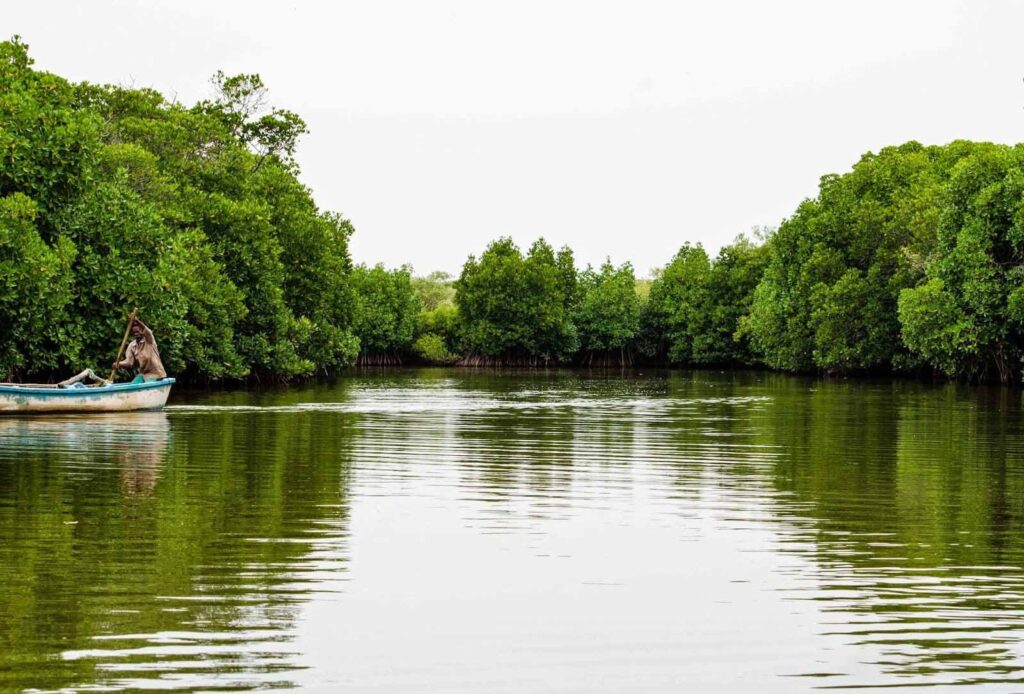Paving the Way to a Sustainable India
India is embarking on a transformative journey toward sustainability, with ambitious renewable energy goals and innovative practices that promise a greener future.
The Indian state of Gujarat has unveiled an extraordinary ambition: to produce 100 gigawatts of renewable energy by 2030. Only seven countries (including India) currently generate more renewable energy. This mission will propel Gujarat to global leadership.
The Adani Group, Gujarat Ujjivan Vikas Nigam Ltd. (GUVNL) and other organizations are building massive solar farms in Gujarat, to make sure the state delivers on its huge ambitions. During my visit to the Gujarat desert, I saw hundreds of trucks and thousands of workers bringing this green future to life.

In addition, Prime Minister Narendra Modi has just launched a whopping scheme for 1 crore (10 million) homes with rooftop solar. India will soon be the second-largest solar nation in the world.
Madhya Pradesh, too, is in the process of installing the world’s largest floating solar plant in Omkareshwar.
I have seen truly innovative practices that can scale India. Indore, Madhya Pradesh is nicknamed “the cleanest city in India”. The community works hard to keep the streets clean and has a robust solid waste management system. This dedication to cleanliness not only keeps the city beautiful, but also promotes a healthier environment.
It’s astonishing to reflect on the recent changes in the country. I have had the great opportunity to travel to most corners of Bharat and I have been able to truly appreciate this diverse and incredibly beautiful land.
When I see India, I see hope for a sustainable future.
Take, for example, the country’s approach to human-animal conflict.
In India, there is a strong effort to relocate animals like elephants and tigers if they wander into human areas. The goal is to protect both people and wildlife. This compassionate approach is something that the less-unforgiving West can model. India teaches us that coexistence is possible and important.
India is also very rich in biodiversity. The conservation and restoration of mangroves play a key role in protecting ecosystems, supporting wildlife, and preventing coastal erosion. India’s commitment to restoring these vital habitats shows that caring for our planet can go hand in hand with community development. Beautiful Pichavaram in Tamil Nadu is the second-largest mangrove forest in the World.

Tamil Nadu has recently launched impressive conservation schemes. Telangana has Increased its tree cover by 7%, and in Andhra Pradesh I met many farmers fully engaged in the transformation into natural farming.
These actions, when combined, create meaningful change. I am encouraged that by keeping communities in the heart of development, fostering clean energy, and protecting wildlife, India is striving to set an example for the rest of the world. Bharat will lead the way to a people-centered green transformation.
Our decisive actions today will speak loud and clear into our future. The best time to act was decades ago, the better time is now.
